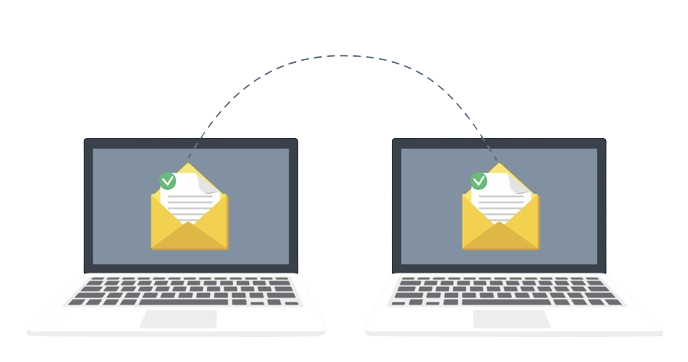Ensuring a user-friendly experience during email migration is crucial for maintaining productivity and user satisfaction. Here are key strategies to keep the migration process user-friendly:
1. Comprehensive Planning and Communication
A. Clear Communication Plan
- Inform Users Early: Notify users about the Email Migration well in advance. Explain the reasons, benefits, and what to expect during the process.
- Regular Updates: Provide frequent updates about the Email Migration progress, important dates, and any required actions from users.
B. Detailed Email Migration Timeline
- Milestones: Clearly define key milestones and timelines to set realistic expectations.
- Downtime Information: Inform users about any expected downtime and plan migrations during off-peak hours to minimize disruptions.
2. User Involvement and Feedback
A. Involve Users in Planning
- Surveys and Feedback: Conduct surveys or feedback sessions to understand user needs and concerns. This can help in planning a migration that addresses user expectations.
B. Pilot Testing
- Small User Group: Run a pilot migration with a small group of users to identify potential issues and gather feedback.
- Iterative Improvements: Use feedback from the pilot to make necessary adjustments before a full-scale migration.
3. Training and Support
A. Comprehensive Training Programs
- Training Sessions: Conduct live training sessions to help users understand the new email platform.
- User Guides and Tutorials: Provide detailed user guides, video tutorials, and FAQs to assist users with the new system.
B. Support Channels
- Help Desk: Establish a dedicated help desk to handle user queries and issues during and after migration.
- On-Site Support: Provide on-site support staff during the initial days after migration to assist users with immediate issues.
4. Minimize Disruptions
A. Seamless Data Transfer
- Complete Data Migration: Ensure all emails, contacts, calendars, and other relevant data are accurately migrated to the new system.
- Tested Migration Tools: Use reliable migration tools to minimize data loss and ensure a smooth transition.
B. User Environment Consistency
- Familiar Interface: Choose an email platform with an interface similar to the current one to reduce the learning curve.
- Customizable Settings: Allow users to customize settings to match their previous configurations, enhancing comfort and familiarity.
5. Post-Migration Support and Monitoring
A. Post-Migration Check-Ins
- Follow-Up Surveys: Conduct surveys after migration to gather feedback on the user experience and identify any persistent issues.
- Regular Updates: Keep users informed about ongoing improvements and updates to the new system.
B. Continuous Monitoring
- Performance Monitoring: Monitor system performance and user activity to quickly address any issues that arise.
- Issue Resolution: Have a plan in place for rapid resolution of any technical problems to minimize user frustration.

6. User-Centric Design and Customization
A. User-Friendly Features
- Intuitive Navigation: Ensure the new email platform has an intuitive and user-friendly interface.
- Accessibility: Make sure the platform is accessible to all users, including those with disabilities.
B. Customization Options
- Personalization: Allow users to personalize their email interface and settings to match their preferences.
- Enhanced Functionality: Introduce users to new features that enhance productivity, such as better search functions, integration with other tools, and mobile access.
7. Documentation and Resources
A. Comprehensive Documentation
- Step-by-Step Guides: Provide step-by-step guides for common tasks and troubleshooting tips.
- Resource Library: Create an online resource library with all necessary documentation, guides, and tutorials.
B. Community Forums
- User Forums: Set up user forums where employees can share tips, ask questions, and help each other.
- Expert Moderation: Have IT staff or experts moderate forums to provide accurate and timely responses.
By focusing on these strategies, organizations can ensure a user-friendly email migration process that minimizes disruptions, enhances user satisfaction, and supports overall productivity.



